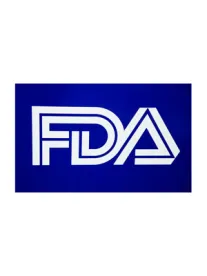On February 09, 2015, the FDA issued final guidelines[1] to outline its regulatory enforcement approach to mobile medical applications (or “apps”). The FDA is taking a risk-based approach, focusing its oversight on apps that (1) meet the definition of medical devices under section 201(h) of the Federal Food Drug and Cosmetic Act, and (2) could pose a risk to a patient’s safety if the app did not function as intended. The FDA will not exercise authority over apps that are not medical devices under section 201(h), nor will it enforce its rules and regulations against the numerous apps that meet the definition of medical devices but present only minimal risk to consumers or patients.
Whether an app meets the definition of a medical device depends upon the intended use of the app.[2] For example, an app that provides a bright LED will not be regulated by the FDA as a medical device unless it is marketed for use as a light source for doctors to examine patients, just like its conventional medical device counterpart. In general, the FDA explained “if a mobile app is intended for use in performing a medical device function (i.e. for diagnosis of disease or other conditions, or the cure, mitigation, treatment, or prevision of disease) it is a medical device, regardless of the platform on which it is run.” Guidance at 8.
The FDA will exercise oversight over apps that:
-
are intended to be used as an accessory to a regulated medical device—examples include displays of patient-specific data, such as an app that allows a health care professional to make a specific diagnosis or treatment decision directly from a Picture Archiving and Communication System (PACS) or remote display of data from bedside monitors, or an app that provides the ability to control medical devices, such as the inflation or deflation of a blood pressure pump.
-
transform a mobile platform into a regulated medical device—examples include an app that makes a smartphone into an electrocardiography (ECG) machine to measure ECG signals, or an app that uses the smartphone’s built in accelerometer to collect motion information to monitor sleep apnea.
-
perform patient-specific analysis and provide diagnosis or treatment recommendations—these apps are akin to the types of software devices that have been previously cleared or approved, such as radiation therapy treatment planning software.
The FDA will not exercise its enforcement authority over apps that provide patients with simple tools to organize and track their health information, provide easy access to information related to medical conditions, automate simple tasks for health care providers, or enable interaction with health record systems. The FDA does not regulate the sale or general consumer use of smartphones or tablets, nor does it regulate app distributors like the iTunes App Store.
Those apps that are subject to FDA review will be assessed using the same regulatory standards and approach as that it applies to other medical devices. And given the possibility of confusion determining whether an app poses a low or high risk to patients, the FDA encourages developers to contact the FDA to discuss what, if any, regulatory requirements may apply to their app.
[1] Guidance for Industry and Food and Drug Administration Staff: Mobile Medical Applications
[2] See 21 CFR 801.4 for ways in which intended use may be shown.



 />i
/>i
